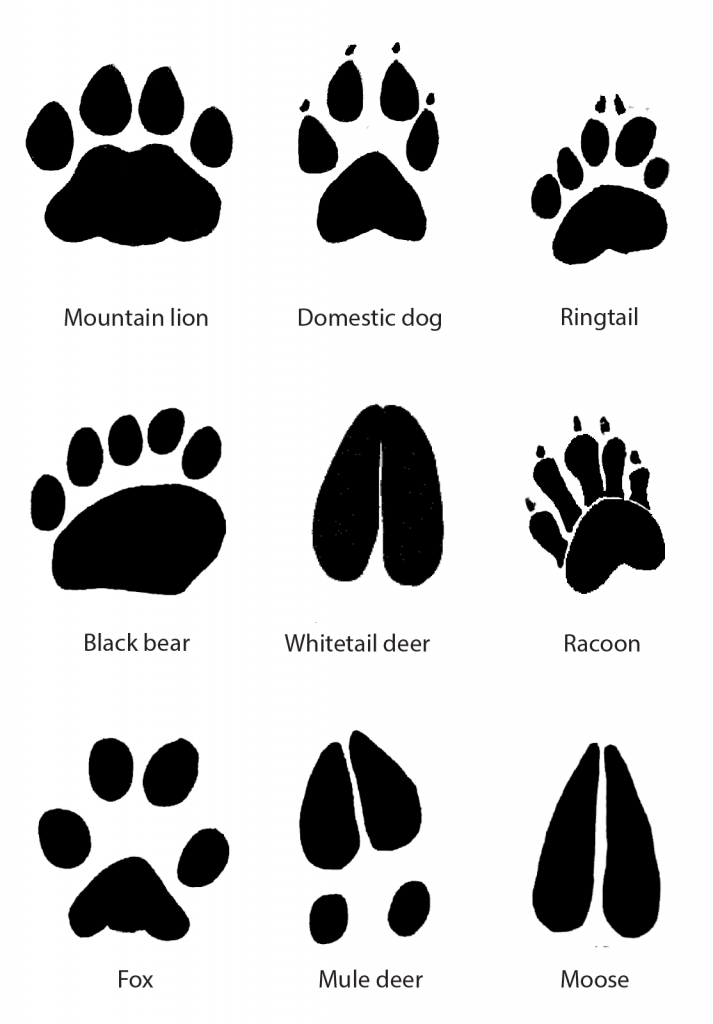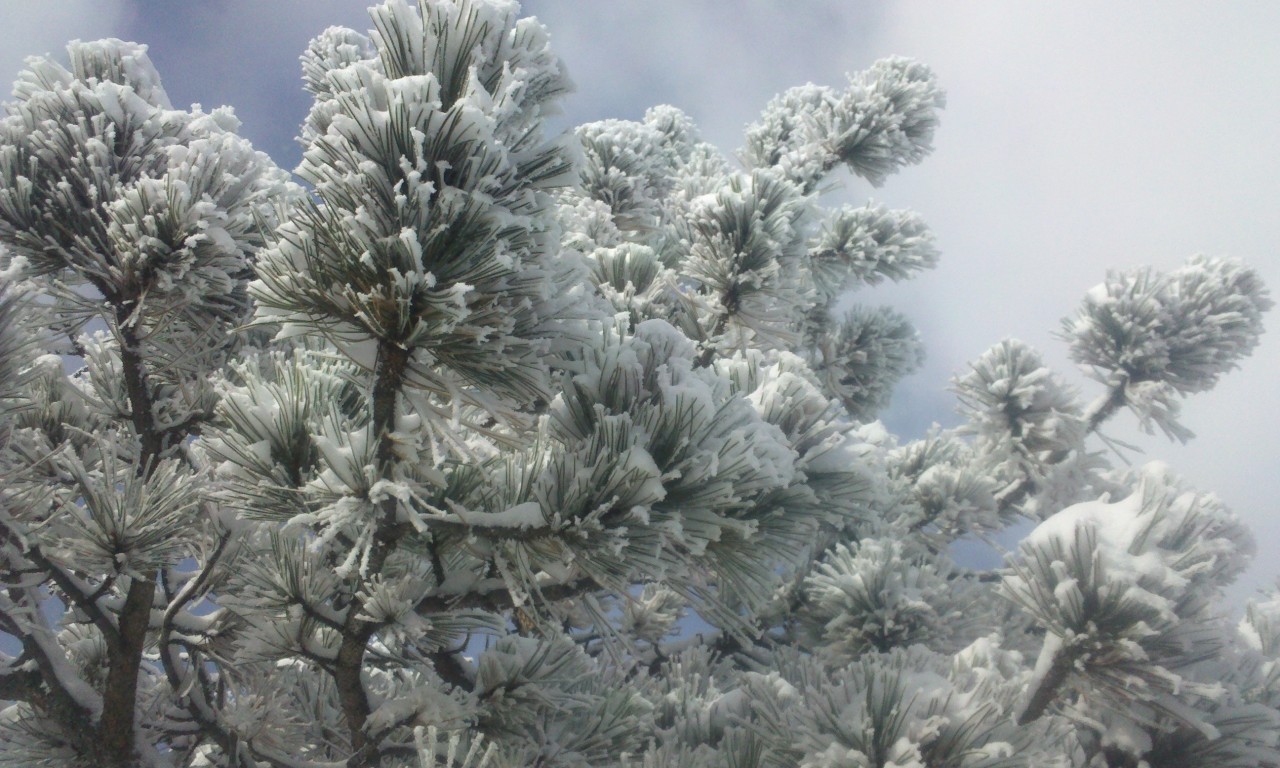As you trek through the parks of Boulder County this winter, be sure to look for signs of life in addition to the snowshoers, skiers, snowboarders, and canines exploring the plains, foothills, and mountains of the Front Range. Here’s a little background on animal tracking and helpful tips to use in the backcountry and your backyard as you get tracking!
Some of the best animal trackers I’ve met are hunters. Animal tracking is a skill that humans used thousands of years ago to find food and animal skins. Our ancestors tracked animals to identify any potential predators or dangers that lived near their homes and camps, and also to find water and food sources. Tracking animals doesn’t only mean following them, but also requires putting yourself into the mind and body of an animal to figure out “the how and why” of its movements.
Tracking for Food and Safety
An animal sign is any change or disturbance in the environment that shows evidence of an animal’s presence in that particular location. Many people will look for tracks on the ground to identify an animal, the direction it was heading, and in what manner. Was it a young elk running away from the creek because it saw something that scared it off? Maybe you’ll see the tracks of a large coyote that changed direction on a hiking trail. Do you think it caught the scent of a mountain lion kill nearby and wanted a bite? While tracks are extremely helpful in identifying the animals in the environment, scat can be helpful, too. (Although sometimes a little gross!)
Clues
Other signs of life could be injury to trees or shrubs. Elk will eat the bark off of aspen during the hard winter months. Next time you are hiking around Mud Lake, see if you can find markings on the aspen from elk in the area. You can also look for digging and scraping on the ground. A mountain lion will often cover its scat with dirt and the markings are visible on the ground. You can look for disturbed vegetation that may be a subtle sign of the matted bed of a moose.
You could also come across food remains and caches. But please be careful if you ever come across a mountain lion cache. Back away and report it immediately. If you do find remains of an animal, you will find evidence of all the different animals that nibbled on it over time. You may even be lucky enough to come across the antler of an elk or mule deer this winter! Please remember to leave them where you find them, as these are important sources of nutrition for many small animals during the long winter months.
A Tracking Challenge
As you hike this winter, see if you can find 10 signs of life every time you go on a hike with friends or family. Or you could pick one animal this winter to track each time you head out on an adventure. You could even focus on one particular location, like your backyard. See how many animals share your habitat over the course of the winter. So remember, tracking is not just for hunters, it can be for all nature lovers!



